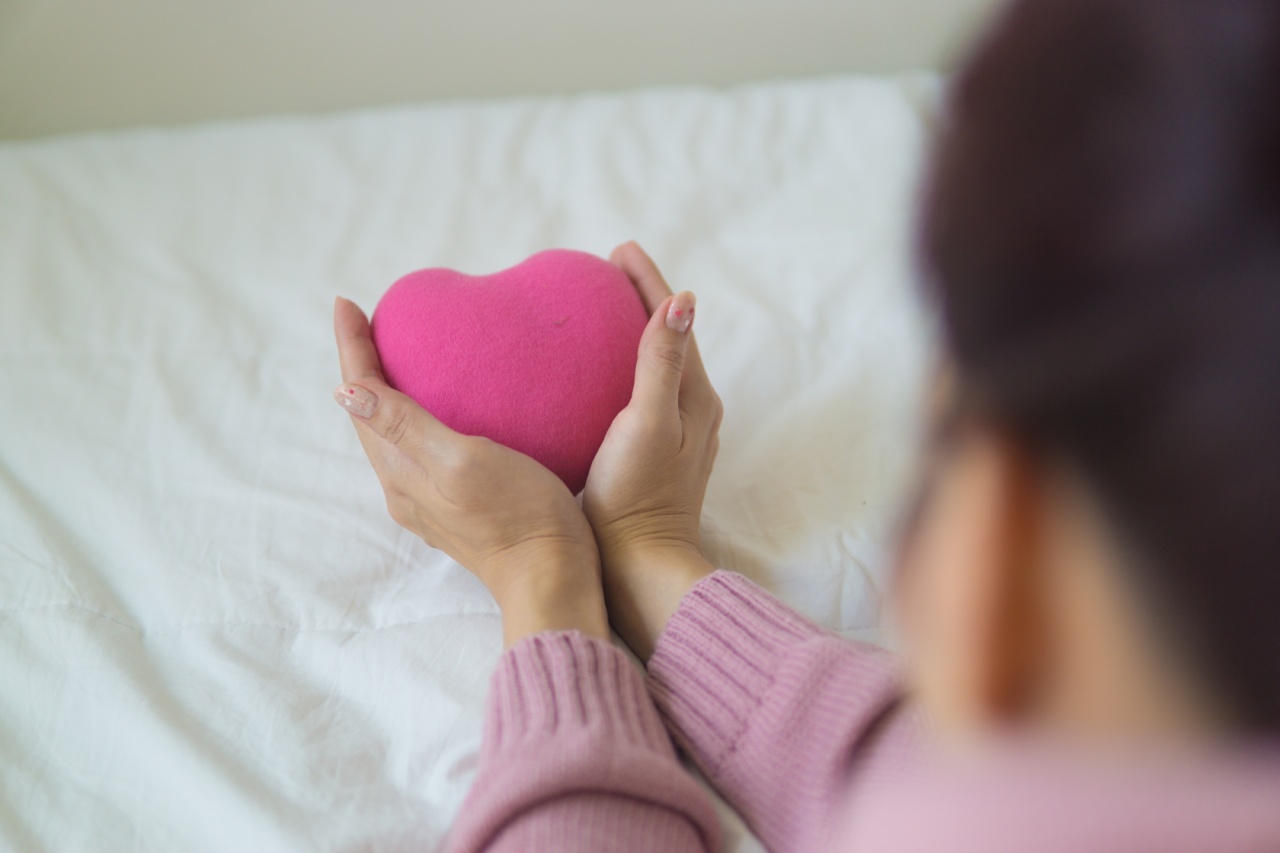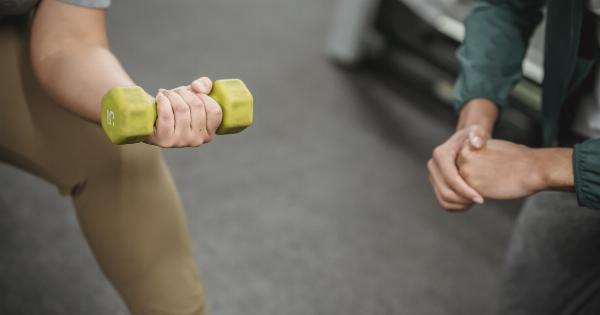High blood pressure, or hypertension, is a common health problem affecting millions of people worldwide. It is a condition that increases the risk of heart disease, stroke, and kidney disease.
The good news is that regular exercise can be an effective way to lower blood pressure. In this article, we will discuss how exercise can help to regulate blood pressure and improve overall health.
What is Blood Pressure?
Blood pressure is a measure of the force of blood against the walls of arteries as it flows through the circulatory system.
It is composed of two numbers; the systolic pressure, which is the pressure in the arteries when the heart beats, and the diastolic pressure, which is the pressure in the arteries when the heart is at rest between beats. Normal blood pressure is defined as less than 120/80 mm Hg.
What Causes High Blood Pressure?
There are several factors that can contribute to the development of hypertension, including:.
- Age
- Obesity
- Smoking
- Stress
- Family history of hypertension
- Excessive salt intake
- Insulin resistance
High blood pressure is often referred to as “the silent killer” because it typically does not have any symptoms until it reaches a dangerous level.
This is why it is important to get regular blood pressure checks and to take preventative measures to keep blood pressure in check.
How Does Exercise Lower Blood Pressure?
Exercise can be an effective way to lower blood pressure because it helps to improve the elasticity of the blood vessels and increase blood flow.
When you exercise, your heart works harder to pump blood, which strengthens the heart muscle and improves its ability to pump blood efficiently. This, in turn, helps to reduce the pressure on the walls of the arteries.
Additionally, exercise can also contribute to weight loss, another important factor in controlling blood pressure. Losing even a small amount of weight can help to reduce blood pressure levels.
What Types of Exercise are Best for Lowering Blood Pressure?
Any type of physical activity can be beneficial for lowering blood pressure, as long as it is done consistently and at a moderate intensity.
Aerobic activities such as walking, jogging, cycling, swimming, or dancing are great choices for cardiovascular exercise. These types of exercises help to improve heart and lung function, strengthen muscles, and burn calories.
Resistance training exercises are also beneficial for lowering blood pressure, as they help to build and tone muscle mass.
Studies have shown that resistance training can help to lower systolic blood pressure by an average of 3.4 mm Hg and diastolic blood pressure by an average of 2.4 mm Hg.
It is important to consult with a healthcare provider before starting any new exercise program, especially if you have high blood pressure or other underlying health conditions.
How Much Exercise is Needed to Lower Blood Pressure?
The American Heart Association recommends at least 150 minutes of moderate-intensity aerobic activity per week, or 75 minutes of vigorous-intensity aerobic activity per week, to improve overall cardiovascular health.
For lowering blood pressure, a goal of 30 minutes of moderate-intensity activity most days of the week is recommended.
In addition to aerobic exercise, it is also important to incorporate strength training exercises at least two days per week, targeting all major muscle groups.
Other Lifestyle Changes to Lower Blood Pressure
While exercise is an effective way to lower blood pressure, it should be combined with other lifestyle changes for optimal results. Some additional changes that can help to lower blood pressure include:.
- Maintaining a healthy weight
- Reducing salt intake
- Limiting alcohol consumption
- Quitting smoking
- Managing stress through relaxation techniques such as meditation or yoga
Conclusion
High blood pressure is a serious health condition that puts individuals at risk for a number of health problems. Exercise is a safe and effective way to help lower blood pressure and improve overall cardiovascular health.
By incorporating regular physical activity, along with other lifestyle changes, individuals can take control of their health and reduce their risk of developing hypertension.





























